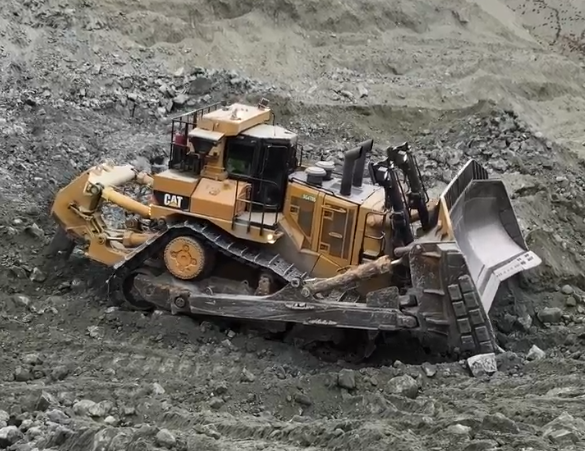
Reliability Engineering plays a critical role in modern maintenance strategy, helping to safeguard the significant investments made in heavy equipment. One key element is the disciplined application of preventive maintenance routines—especially Oil Sampling, which has become a non-negotiable practice across most maintenance teams.
Twenty years ago, it was not uncommon to hear a maintenance team say, “We’re too busy to take oil samples.” Today, that would be unacceptable. A new norm has been established where Oil Sampling is embedded into every PM schedule. The same transformation is now occurring with Undercarriage Inspections—these are becoming just as routine, often carried out when the machine comes in for scheduled maintenance.
Let’s look at the numbers to understand the value being managed:
- A D11T Dozer engine typically has a service life of 20,000 hours.
- Oil samples are taken every 250 hours, resulting in 80 samples over the engine’s life.
- The cost of the engine rebuild is around $250,000, which means that every oil sample equates to $3,125 in asset value managed per sample.
Now compare this with the undercarriage:
- The undercarriage costs approximately $250,000 per set, with a lifespan of 8,000–10,000 hours.
- Over 20,000 hours, the machine will consume 2 full undercarriage sets, totalling $500,000.
- Undercarriage inspections are typically performed every 500 hours, meaning 40 inspections over 20,000 hours.
- This results in $12,500 in asset value managed per inspection—four times the value managed per oil sample.
Conclusion:
Just as Oil Sampling became a maintenance standard; Undercarriage Inspections are rapidly becoming a new norm—and with good reason. The value at stake is significantly higher. Embedding regular undercarriage inspections into PM routines, means that maintenance teams aren’t just collecting data—they’re managing high value of high-wear components with precision and foresight.
